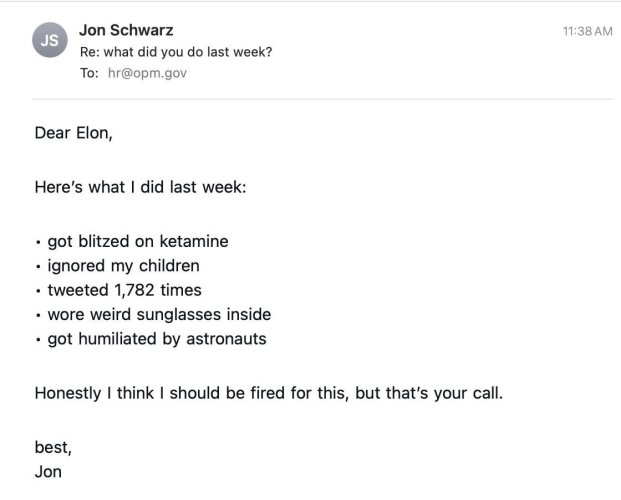BuzzH
Well-known member
Lots of BLM lands in AK

 www.countryjournal2020.com
www.countryjournal2020.com
National Park Service & BLM Employees Are Now Being Fired, Says USA Today
Nabesna NPS Visitor Center (Photo, Country Journal, Summer Of 2014) Impact Of Federal Cutbacks In Alaska, Other States Apparently Not Yet K...

















